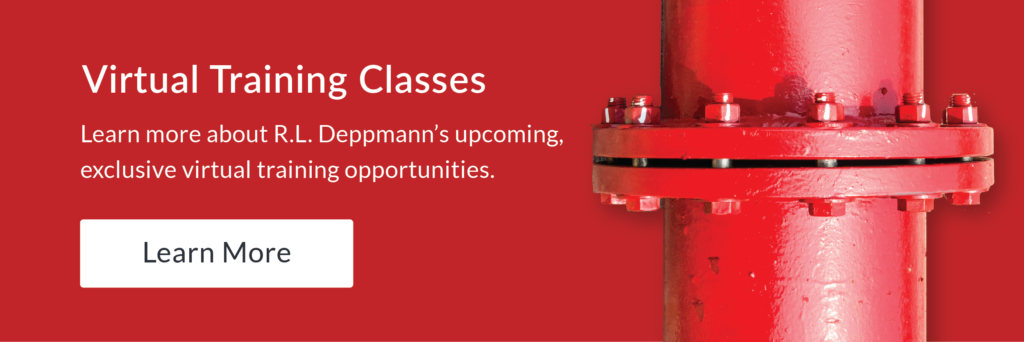 Hard water is the enemy of plumbing system water heater efficiency and life. Many water heater manufacturer’s warranties are affected by hard water precipitate. We are all familiar with water softeners and the addition of salt. Are you familiar with template assisted crystallization (TAC) and why you should recommend this for your client’s plumbing systems?
Hard water is the enemy of plumbing system water heater efficiency and life. Many water heater manufacturer’s warranties are affected by hard water precipitate. We are all familiar with water softeners and the addition of salt. Are you familiar with template assisted crystallization (TAC) and why you should recommend this for your client’s plumbing systems?
Hard Water and the Issues
Water hardness is defined by the amount of calcium carbonate per liter of water. The United States Geological Survey (USGS) defines degrees of hardness from moderately hard water to very hard water starting at 61 mg/l. When hard water is heated, calcium and magnesium precipitate out and we call that Liming. This lime will coat heating elements and reduce the efficiency of the water heater. . For example, a 1/16th lime scale build up could increase fuel consumption by up to 15%. It may damage the tank. It will reduce capacity. It will clog valves including the safety devices and temperature control valves. It will also increase maintenance time required in a system.
ONE KEY POINT: It is not the hard water that causes problems. It is the precipitate or calcium and magnesium particles that cause damage.
Much of the water in Michigan and Ohio ranges from hard to very hard.
Template Assisted Crystallization (TAC)
Template Assisted Crystallization (TAC) is the process of flowing water through a media which converts the hardness into inert microscopic crystals. Once the crystals grow, they release from the media and are carried harmlessly in the water. The crystals cannot attach to surfaces or cause lime scale. TAC does not use salt or add chemicals to the water.
Why is it not used everywhere? There is opposition to this technology. There are way more salt based water softener companies than TAC companies. For this reason, more than anything else, there is opposition. This newer crystallization technology is gaining popularity with time.
Opposition to this technology point to the difficulty in measuring the effect of TAC. Most chemical treatment measurement is based on measuring the lack of calcium in the discharge from the softener. That will not work with TAC. The calcium and magnesium are still in the water but contained in harmless crystals.
You cannot use calcium measurement as a verification. Proof does show up in the lack of liming in the plumbing system components.
TAC Technology: AquaSolve® by PVI
 Here is a photo of a 75 GPM template assisted crystallization product named AquaSolve® from PVI. Only 16” in diameter. There are several noticeable differences in this technology. The AquaSolve adds no chemicals, wastes no water, uses no electricity, adds no chemicals, and saves precious space in the mechanical equipment room.
Here is a photo of a 75 GPM template assisted crystallization product named AquaSolve® from PVI. Only 16” in diameter. There are several noticeable differences in this technology. The AquaSolve adds no chemicals, wastes no water, uses no electricity, adds no chemicals, and saves precious space in the mechanical equipment room.
By using TAC technology, the PVI AquaSolve will provide equipment protection, save energy, save the owner maintenance and service time of regular salt recharging, contribute to the health and safety of people in the building, and is environmentally friendly.
The maximum flow rate drops as the inlet temperature drops. In larger systems, multiple units are piped in parallel.
This technology is perfect for many building owners. The engineer should introduce this technology if maintenance time is at a premium; when space is at a premium, or when occupants may be on a salt free diet.
Next week we look at the parts and pieces of a commercial or institutional water heating system and owner requirements to meet ASHRAE standard 188.
If you want more information on this technology, legionella mitigation, and ASHRAE standard 188 recording and reporting, click here to learn about R.L. Deppmann’s upcoming, exclusive virtual training opportunities. These webinars are eligible for 1.0 CEU of Continuing Educational Units.



